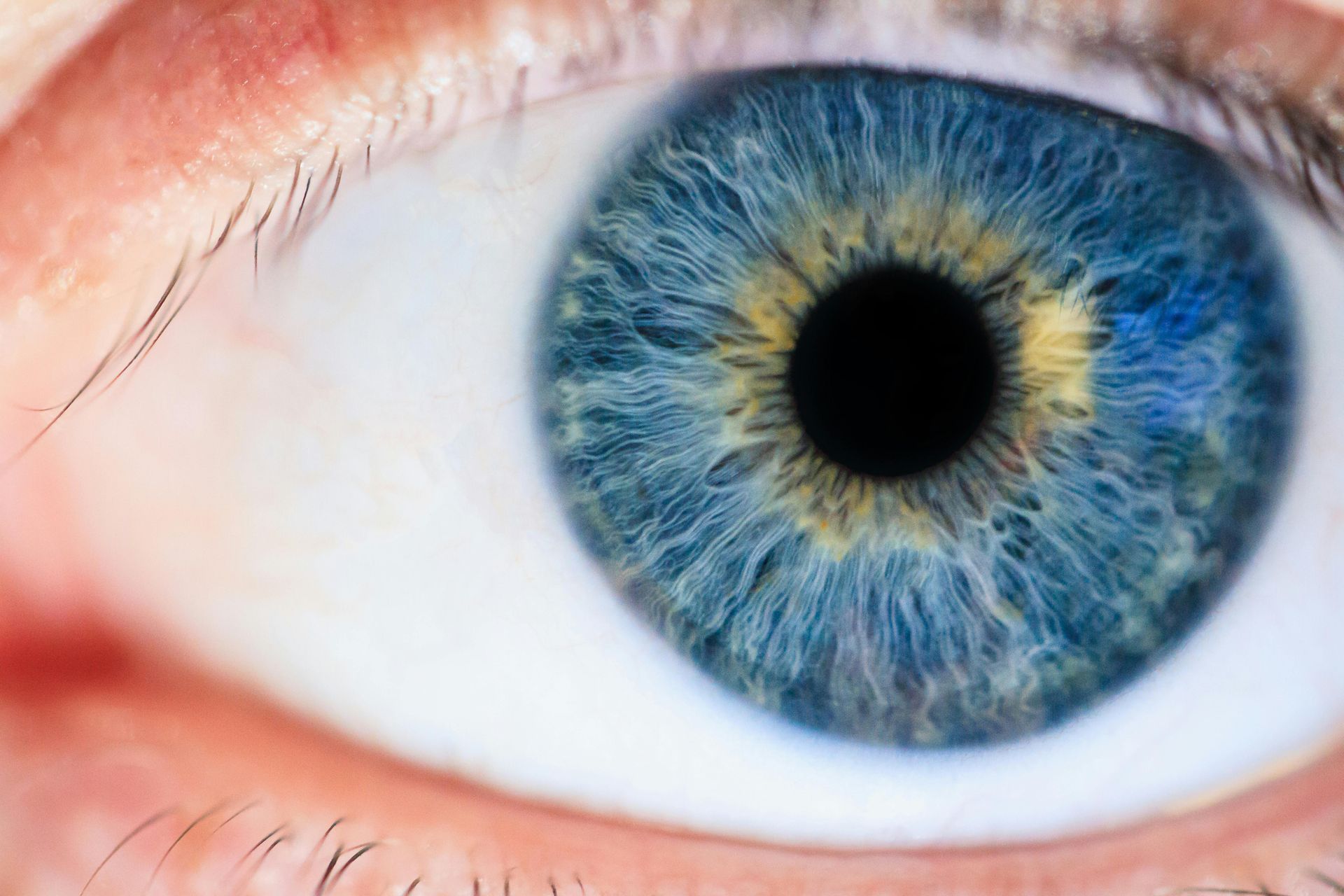What We Know Now: Understanding Cataracts and Cataract Surgery
By: Judi Seltzer, MS, BSN, RN, CNOR , Director of Operations, Lions Saving Sight
As we age, changes in our vision will occur, but one of the most common (and painless) and treatable conditions affecting eyesight today is cataracts. Decades ago, cataracts were seen as an expected part of aging that led to permanent vision loss. Today, with advanced surgical techniques and innovative lens technology, cataract treatment has become one of the safest and most successful procedures. Understanding what cataracts are, how they develop, and what can be done about them can help you protect your eye sight.
A cataract occurs when the normally clear lens of the eye becomes cloudy. The lens, which sits just behind the iris, focuses light onto the retina to create sharp images. Over time, the proteins within the lens begin to clump together, forming a haze that prevents light from passing through clearly. The result is blurry, dim, or distorted vision. Many people first notice that colors appear faded or yellowed, or that they have increasing trouble seeing at night. Others experience sensitivity to bright lights, halos around headlights, or frequent changes in their eyeglass prescription. In the early stages, cataracts may not significantly interfere with daily activities, and stronger lighting or updated eyeglass prescriptions can help manage symptoms. However, as the cataract progresses and vision becomes more impaired, surgery becomes the best treatment option. Modern cataract surgery is a highly refined outpatient procedure that has transformed millions of lives by restoring clear vision safely and efficiently.
There is a simple cataract surgery and a complex cataract surgery, and the difference lies primarily in the difficulty of the procedure. During the complex surgery, it’s more involved and depends on your eye condition. During standard cataract surgery, the clouded lens is removed and replaced with an artificial lens known as an intraocular lens (IOL). This new lens functions just like the natural one but remains permanently clear. The procedure is quick, typically lasting less than 30 minutes, and is performed under local anesthesia, meaning patients are awake but comfortable. Advances in technology have made the process even more precise, allowing for faster recovery and reduced risk of complications.
Recovery from cataract surgery is typically smooth and straightforward. Most people notice improved vision within a day or two, with full healing occurring over several weeks. Eye drops are prescribed to reduce inflammation and prevent infection, and patients are advised to avoid strenuous activity or heavy lifting during the early healing period. With proper care, the results are long-lasting; many people enjoy sharper, brighter vision for the rest of their lives.
Cataracts are not something to fear; in fact they are a common and treatable condition that can be addressed with remarkable success. Regular eye exams are essential for early detection and monitoring, especially after age 60. Cataract surgery techniques are advancing and evolving.

